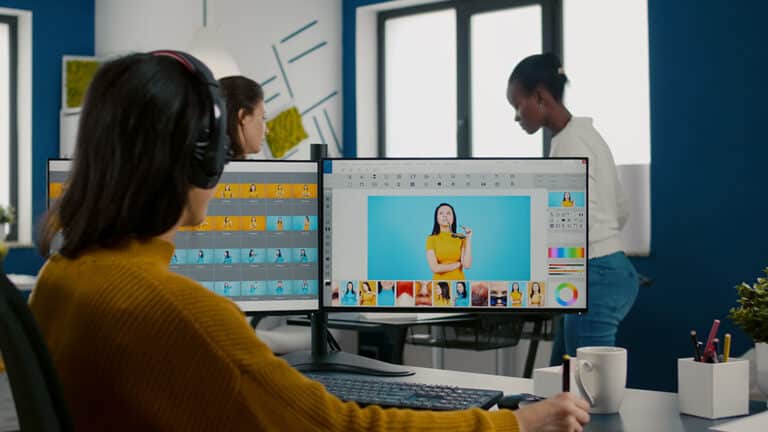How to Find the Right Style for Your Copywriting
The difference between good copy and not-so-good copy is pretty stark.
To write compellingly, you need to assume the roles of both artist and scientist, and know how to balance the two. Weak copy will blindly neglect both of these roles. Creativity is the engine that propels the copy and brings it to life. The science is the specific knowledge that refines this engine. The artist’s job is to create something beautiful, natural, intelligent and persuasive. The scientist’s job is to monitor, test, adjust and make improvements. The truth is that both of these roles should influence the decisions that you make.
The style of copy that you choose shouldn’t merely be for artistic purposes, it should appeal to your prospects because you know what their demographics and what’s relevant to them. The science should give you exact knowledge of who these customers are.
For example, you wouldn’t write technical copy for readers who don’t know the proper way to turn off their laptop.
To write good copy, you need to find the right tone for your copy.
There are many different copywriting styles, and these styles serve many different purposes. Let’s look at the common styles to get a precise understanding of the direction that you can take your copy.
Normal copy
There are no bells and whistles. There is no unique personality or humor. There is no story being told, nor are there much of any superlative claims or statements.
Is there anything wrong with this copy? No, not really. If it’s done right, it can serve its purpose. You don’t necessarily need a gut-busting humor or an engrossing story– though it can help. This style would be characterized as simple headlines, concise language, benefits, descriptions and simple formatting. The purpose of this style is to simply give the prospect the most important information to make the best decision about the product– nothing more, nothing less.
Long-form copy
When the proposition calls for it, you can use a long-form style. Pages and pages worth of copy can seem counterintuitive, but if what you’re selling isn’t simple, and it has loads of benefits, the better idea may be to simply write long-form copy. The common copywriting rules apply: Keep your language concise and to-the-point. Don’t be longwinded where you don’t need to be. Keep your formatting fresh by using bullet points and maintaining the best paragraph lengths.
Conversational copy
Imagine that you’re having a conversation with your prospect. The conversation is personal, and you are able to quickly address his concerns and persuade him to make a favorable decision about your product. The language that you use is the same as a sit-down conversation held over lunch. The goal is to appeal to the reader with simple, down-to-earth language.
Storytelling Copy
You, the storyteller, must paint a picture. The picture that you’re illustrating is a simple one: how someone encountered a frustrating problem and how that person conquered that problem with your product or service. The trick is to write a compelling story from beginning to end. You open the story detailing the problems that the character has encountered. Your job is to describe the feeling that the character is experiencing. From here, you need to explain the consequences of the problem. You bring the story to a close by showing how your product or service alleviated the problem– you do this by explicitly describing how the product helped. This helps the reader identify and relate to the pain points that the character in your story encountered.
The truth is that you’re not Hemingway, nor will you ever need to be. You just need to write a descriptive story with persuasive language that will entice the reader. The imagination is a powerful influence. When the imagination is stimulated it can compel the reader to cross the line into becoming a customer.
Technical Copywriting
Employ a technical style when these two points are met:
- Your product is complex.
- When your customer base is knowledgeable about these complexities.
If your average customer is fluent in this technical language, then there will not be a lost-in-translation moment between you and prospect. Technical copy tends to lack spark and sizzle, so I suggest that you stay concise and don’t waste words.
Conclusion
To find and use the best style of copywriting, you need to know who your customers are. The copy style that you choose should be chosen because it’s optimal for your customer base. Don’t just stop at this blog post. Find successful copy on the net to see different spins on the copywriting styles that have been listed in this article.
Are you ready to discuss your next website project with the leader in web development and digital marketing? If so, contact Zen Agency today! We are a group of Copywriting experts.

















